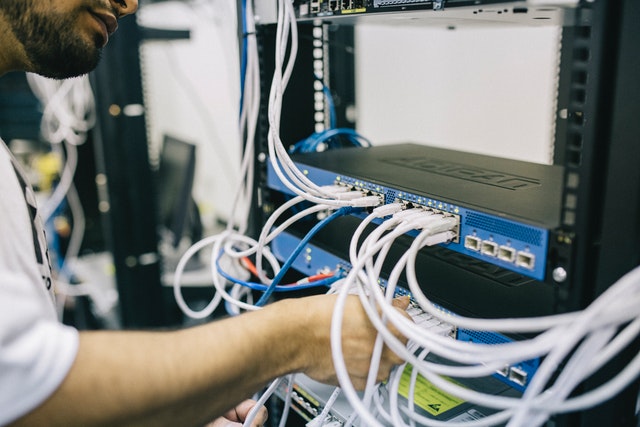
Types Of Commonly Used Server: A Guide
You’ve no doubt heard the word server in many contexts: at work, in movies, on streams. What are they? Servers are computers that deal with requests and provide computing resources to other devices as part of a network. Here is a guide to some of the most commonly utilized kinds of servers.
File Servers
File servers deal with requests for the reading and writing of data from or onto hard drives. They are similar to database servers but tend to be less capable of handling huge loads. File servers were one of the earliest kinds of servers to be developed.
Print Servers
Print servers – as you might expect – deal with the receiving and sending on of print requests. They help order and categorize print requests so that a single printer can work for a network of devices.
Proxy Servers
When you pay for a Surfshark download or any other kind of VPN subscription, you are primarily paying for the use of a network of proxy servers. Proxy servers are used to obscure or change the IP address that ISPs can see when handling end-user requests. User data is encrypted and sent to a proxy server before it is sent to an Internet Service Provider. This keeps users’ data safe and their privacy intact – or at least as intact as it can be when using the internet. VPNs are becoming increasingly popular as people become more aware of just how vulnerable they are when they surf the web. Businesses and government organizations also make use of proxy servers in order to prevent data breaches and snooping.
DNS Servers
DNS servers provide ‘name resolution.’ They use vast databases to convert human-readable requests into computer-readable data. This is immensely important for the easy human use of the internet and is essentially an interface server type.
Database Servers
The amount of data used by businesses on a daily basis absolutely boggles the mind. Multiple parties within a company need to be able to simultaneously and securely access important data. In order to process data requests, companies install database servers. These servers are becoming slightly less prevalent as businesses migrate to the cloud – relying more on remote servers.
Remote Servers
Remote servers are physical servers that deal with requests from afar using the internet. This is the technology on which the cloud relies. Remote servers are incredibly prevalent – to the extent that they have been identified as a major polluting factor.
Virtual Servers
One of the biggest developments in server technology is the virtual server. Unlike traditional servers that exist as physical hardware or as software installed as part of physical hardware, virtual servers are exclusively contained and controlled within a kind of specialist software called a hypervisor. Hypervisor software can contain and administer thousands of virtual servers simultaneously – making them very powerful and potentially very cost-effective.
Virtual servers use virtual hardware – an emulation or real computing technology. It then passes the functionality of that virtual hardware on to the end-user hardware for its final use. Large-scale businesses are especially rabid adopters of virtual servers using hypervisor software.








